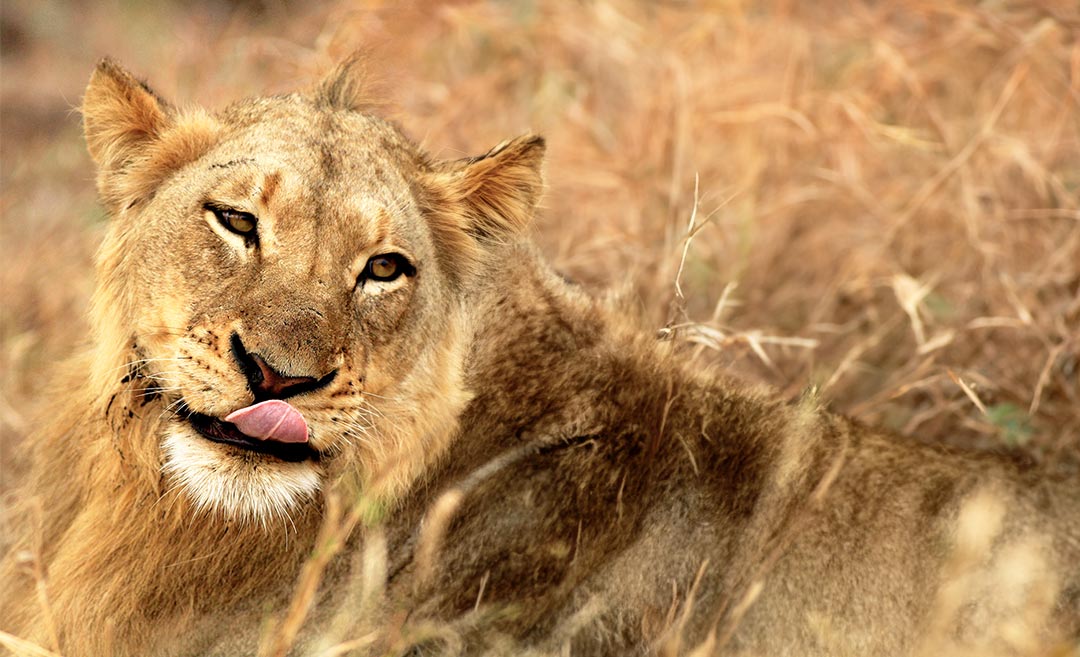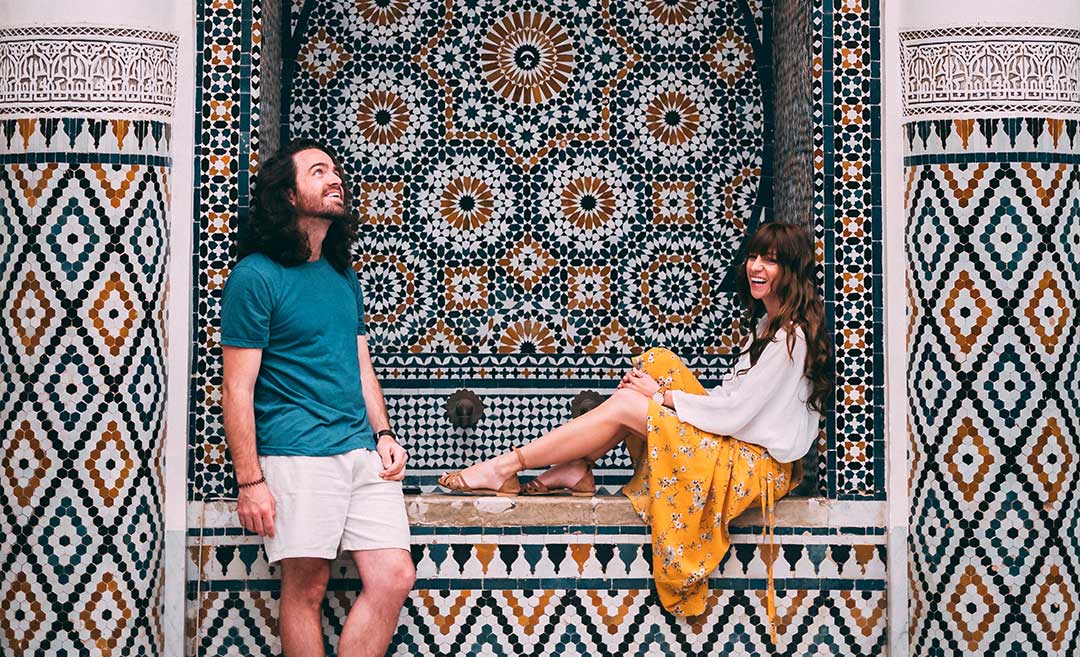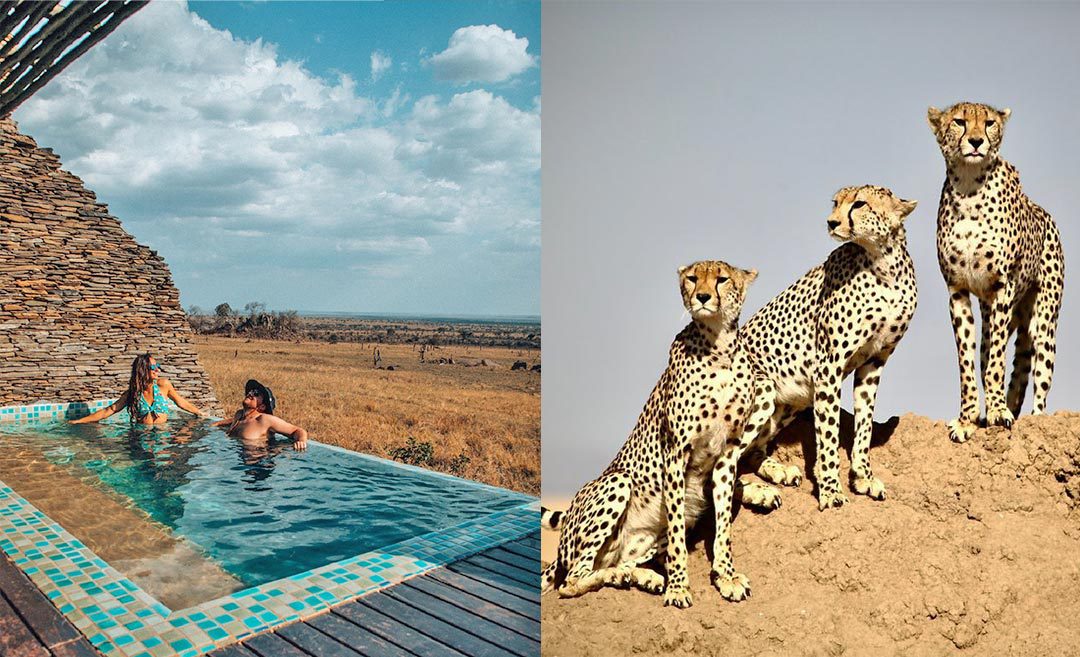There are no shortcuts to admiring African animals in the wild, apart from visiting a zoo. I have always been fascinated with African wildlife, and a game safari has been high on my bucket list for a long time.
With no direct flights available, it is a long journey from Malaysia to the African continent. While many safari seekers head to South Africa, there are numerous other options on the continent. My chosen destination was Zimbabwe because of its vast natural spaces, abundant wildlife, and spectacular scenery.
I had read that the landlocked southern African nation was one of the best countries to get close to big-game wildlife. An extensive network of national parks and private game reserves covering some 15 per cent of Zimbabwe, protects the many animals that live in habitats like the African savannah.
The national parks, such as Matobo Hills, Mana Pools, and Hwange, are the places to head to see wildlife. Luxurious safari camps and lodges adjoin most parks, and it is here that visitors can relax and enjoy glamorous living in relatively isolated locations.
Harare and Victoria Falls are the main international gateways into Zimbabwe, allowing visitors to fly into one and out of the other, so they don’t need to double back on their tracks.
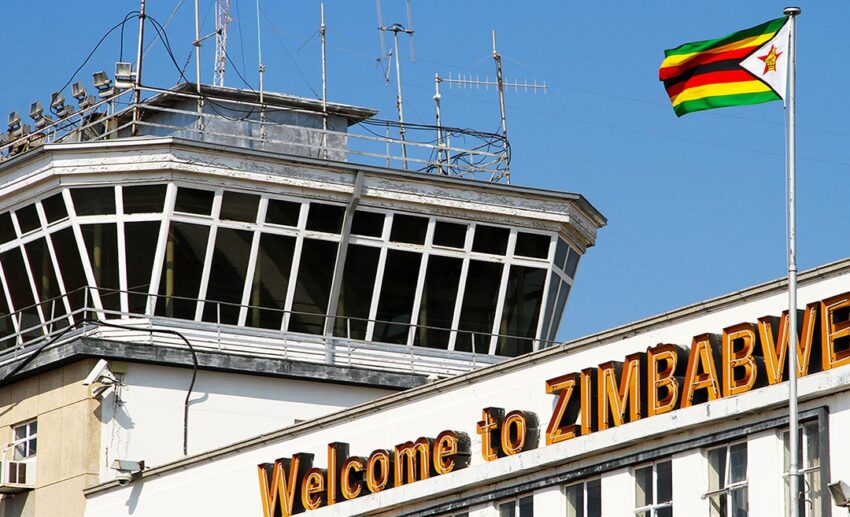
Harare stopover
Travellers to Harare, the Zimbabwean capital, have been checking into and using Meikles Hotel as their base for over 100 years. It continues to attract intrepid travellers, as I discovered after staying overnight between flights. Acclaimed as the finest hotel in this part of the world, Meikles offers the best facilities with gracious Zimbabwean hospitality.
The hotel’s fine-dining restaurant, La Fontaine Grill Room, is one of the city’s most acclaimed experiences. The Explorer’s Bar is where visitors can enjoy refreshing Zambezi beer and exquisite cocktails.
Hwange National Park
With wildlife firmly on my mind, Harare was merely a stopover before heading off to Victoria Falls and into Hwange National Park. The park is named after a local Nhanzwa chief and was once the royal hunting ground for the Ndebele warrior-king Mzilikazi before being set aside in 1929 as a protected national park. Hwange is the largest national park in Zimbabwe, with its main entrance located a two-hour drive or 30-minute flight south of Victoria Falls.
As you’d expect from Zimbabwe’s biggest national park of 14,650 km2, the breadth of wildlife is astounding. Over 100 species of mammals have been identified in the park, while almost 400 bird species can be seen. Perhaps most exciting is the 40,000-strong population of elephants, whose presence is world-renowned and a joy to watch on a game drive.
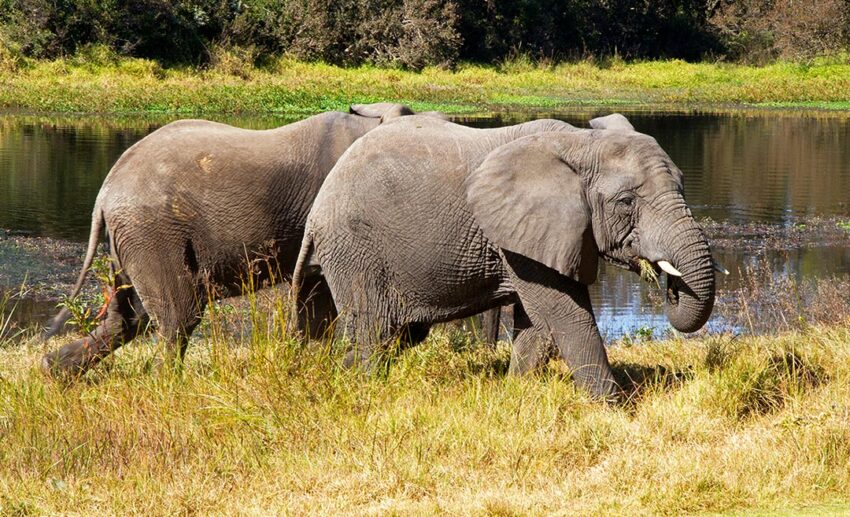
Safari glamping
My Zimbabwean wildlife safari was also to be my first glamping experience. Camps such as the boutique Somalisa Camp in Hwange National Park enable adventurous visitors to observe big game such as elephants and lions. Visitors get a front-row armchair in the camp’s protected restaurant and bar to observe the waterhole or pan brimming with wild animals.
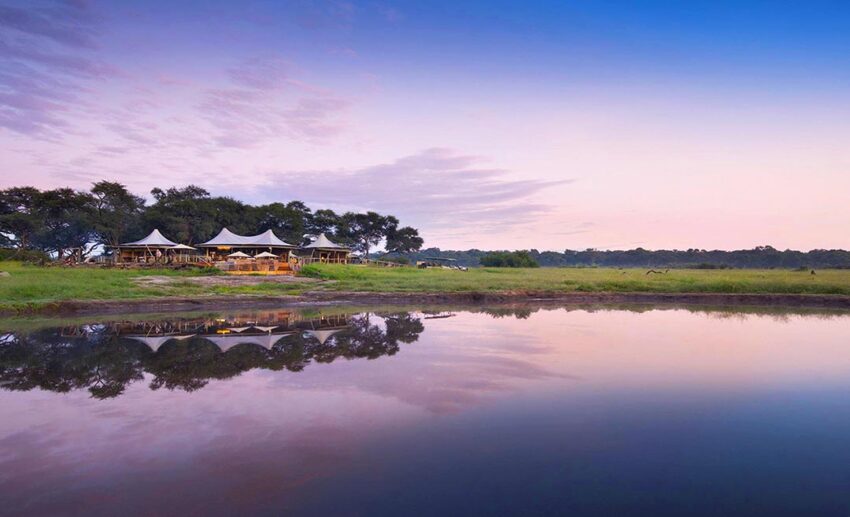
The armchair safari meant that I didn’t have to leave the confines of the camp to see animals. It was a unique experience as I reached for my camera to capture impala, elephants, zebras, and birds drinking in the shallow waterhole. As it was the end of the dry season, water was limited to areas like this pan, and the animals had no choice but to come here to drink.
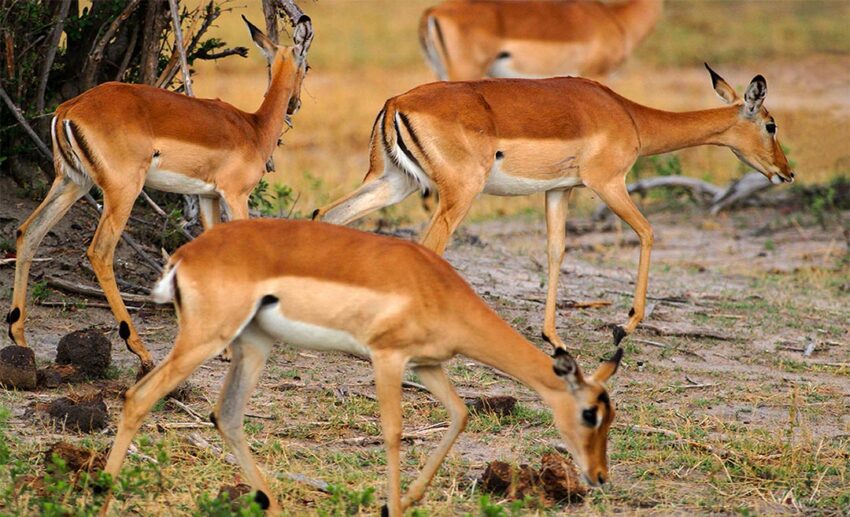
The glamping tents operated by African Bush Camps far exceed what most travellers would imagine of camping. While they may look like traditional canvas tents on the outside, the facilities and fixtures in the interior are luxurious and spacious.
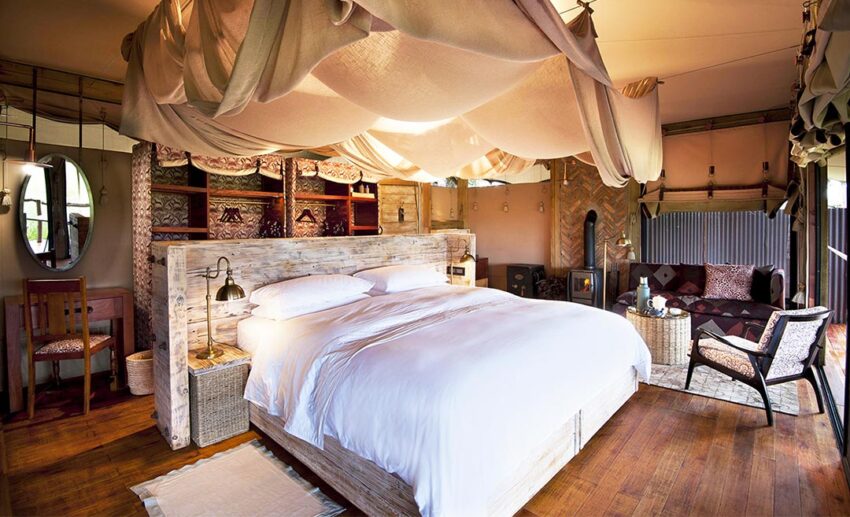
The best times of day to admire the wildlife are dusk and dawn, when the animals come to drink at these waterholes. While animals spread across the savannah during the rainy season, they retreat to the permanent rivers and waterholes during the dry season from July to October.
When the rain arrives and rivers are fully flowing, spotting wildlife is more difficult with the animals dispersing throughout the park. During my October visit, distant lightning suggested rain was due in the coming weeks.
My ever-helpful game guide told me that the plants spring into life with the onset of rain, and the birdlife becomes feverish with the abundance of food. Local endemic bird populations are bolstered by migrant species that fly in to escape the harshness of the Northern Hemisphere winter.
Game drive
While I enjoyed my armchair safari, I was eager to join a morning safari to see animals from the back of a specially equipped safari vehicle. It wasn’t long before we saw lions, and during my time in Zimbabwe, I saw so many lions that I had to be selective in what I photographed.
Despite being early in the morning, it can be quite hot in summer (or freezing in winter, as my guide told me), and the vehicle’s shaded canopy and supply of iced drinks made the journey most enjoyable.
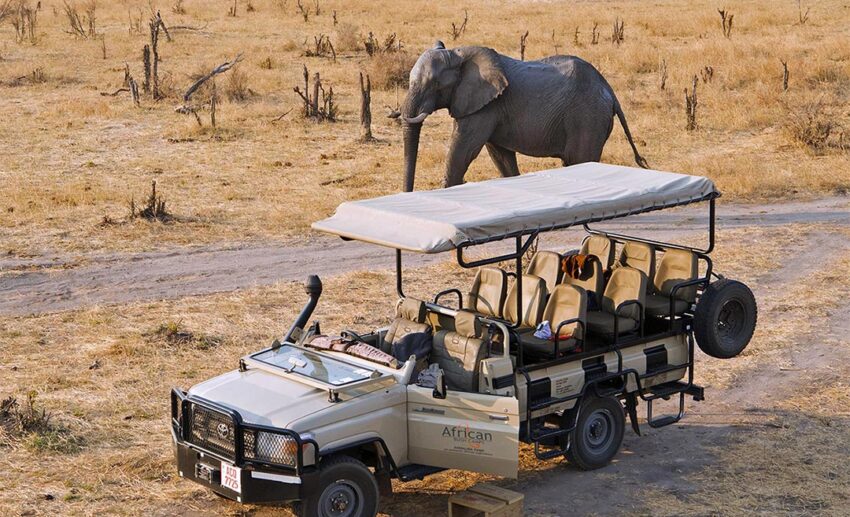
My companion on the game drive was a Zimbabwe-based photographer, so it was a focused four hours of sighting and spending prolonged periods taking photos. We saw many animals roaming the plains and birds flying through the air, with the highlight being a pack of African Wild Dogs (or Painted Dogs), one of Africa’s most endangered animals.
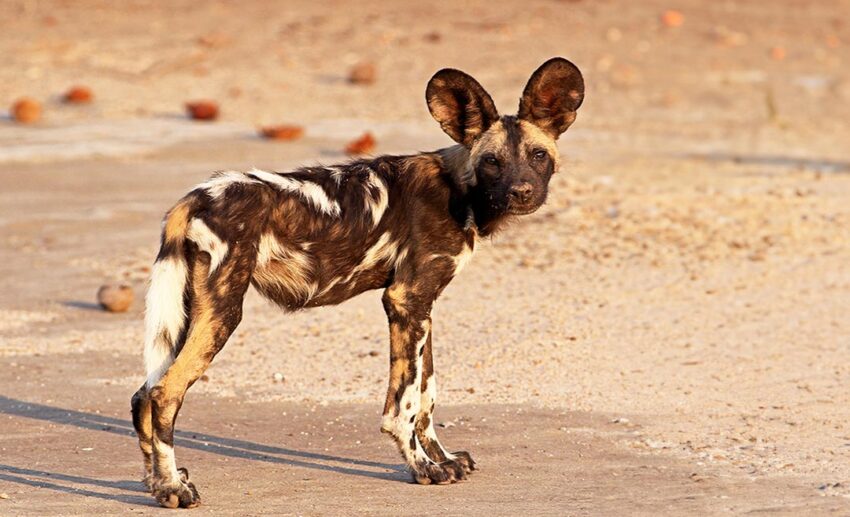
Zimbabwe is a remarkable country where seeing wildlife is an everyday occurrence. While various accommodation options are available, the closest visitors will get to wild animals is at a tented camp beside a waterhole, and African Bush Camp offers exceptional experiences.
Tour operator Asia2Africa can plan a comprehensive itinerary and provide access to the most luxurious camps, the best guides, and the most convenient transport to and around Zimbabwe plus several other southern African nations.
Hwange was formerly a hunting reserve for the Ndebele Kings, but now tourists travel here armed with cameras for the only ‘shooting’ that is now allowed.
Quick tips for travelling to Zimbabwe
Getting there: There are no direct flights from Malaysia to Zimbabwe, but several carriers fly there with at least one or two stops along the way. The shortest journey will take approximately 20 hours. My flight on Ethiopian Airlines from Kuala Lumpur to Harare via Singapore was relaxing, with the extensive selection of entertainment enabling the hours to pass quickly.
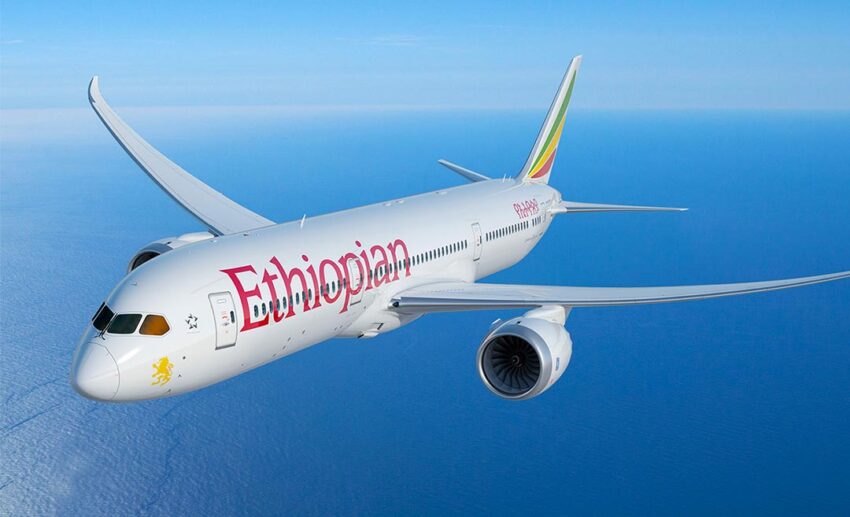
Accommodation: Stay in Meikles Hotel Harare and Somalisa Camp (Hwange National Park), operated by African Bush Camps.
Visas: Some nationalities don’t need a visa to visit Zimbabwe, but many others do. Single-entry visas are issued in Harare or Victoria Falls upon arrival and cost USD30, but this varies from country to country, so do check in advance (Malaysians, for example, do not need a visa). Applicants can apply for their Zimbabwe e-visa online too. If you plan to visit neighbouring Livingstone on the Zambian side of Victoria Falls, inform the immigration officer that you want a KAZA UNIVISA (USD50) to enable you to cross in and out of both countries as often as you like within 30 days.
Useful contacts: Tour operator A2A Safaris can plan every step of the way and provide access to the finest camps, experienced guides, and the most convenient transport to and around Zimbabwe. For more information, visit Zimbabwe Tourism.
*All images courtesy of David Bowden.

